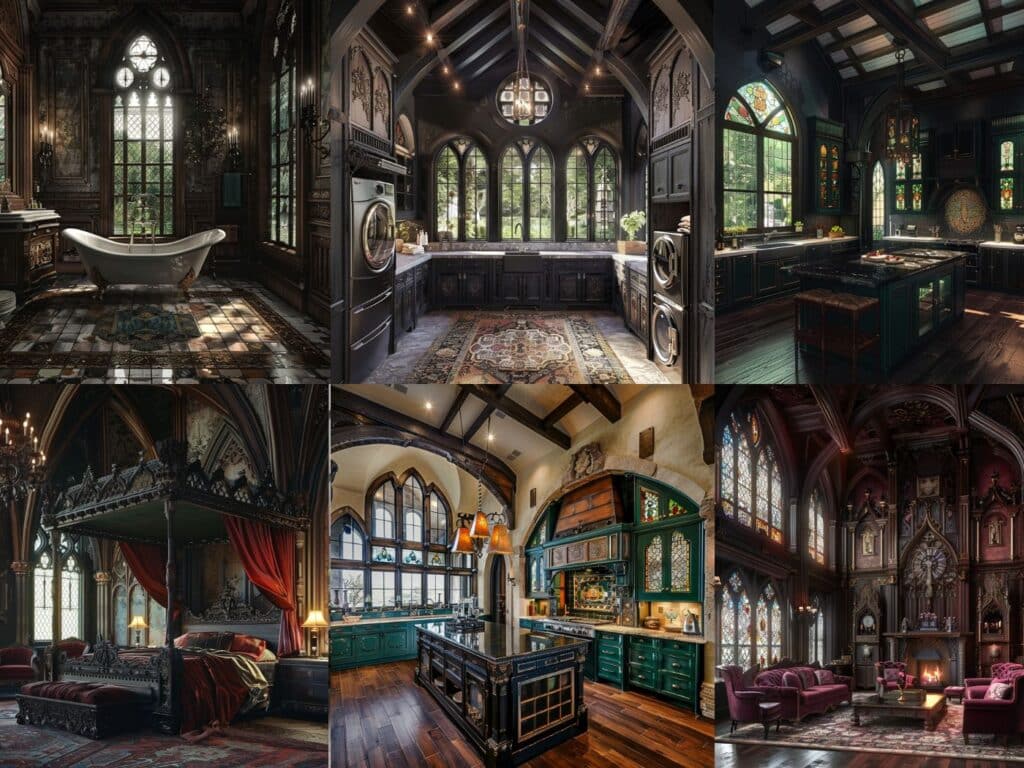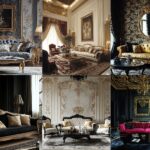Are you looking to infuse your home with a touch of dramatic elegance and historical charm? Neo-Gothic interior design may well be the perfect solution for you. This style, inspired by the grandeur of medieval Gothic architecture, brings a unique blend of opulence and mystique into modern living spaces.
Imagine walking into a room where intricate patterns, dark wood furnishings, and rich textiles create an atmosphere that’s both inviting and awe-inspiring. Whether you’re drawn to the bold arches or the ornate details, Neo-Gothic design offers endless possibilities to transform your space into a sanctuary of sophistication. Dive in as we explore how you can incorporate this timeless aesthetic into your home effortlessly.
14 Neo-Gothic Interior Design Ideas And Styles
#1. Neo Gothic Living Room Interior Design
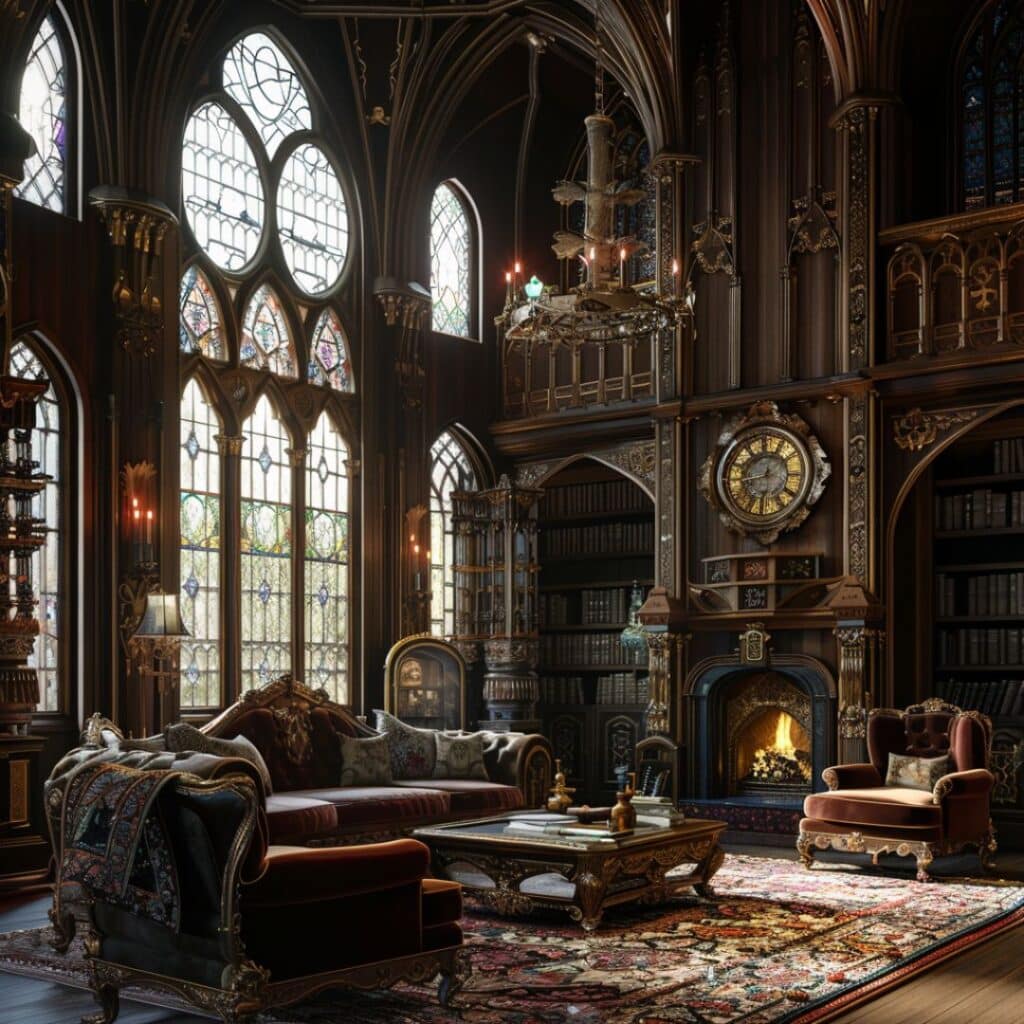
#2. Neo Gothic Living Room Idea
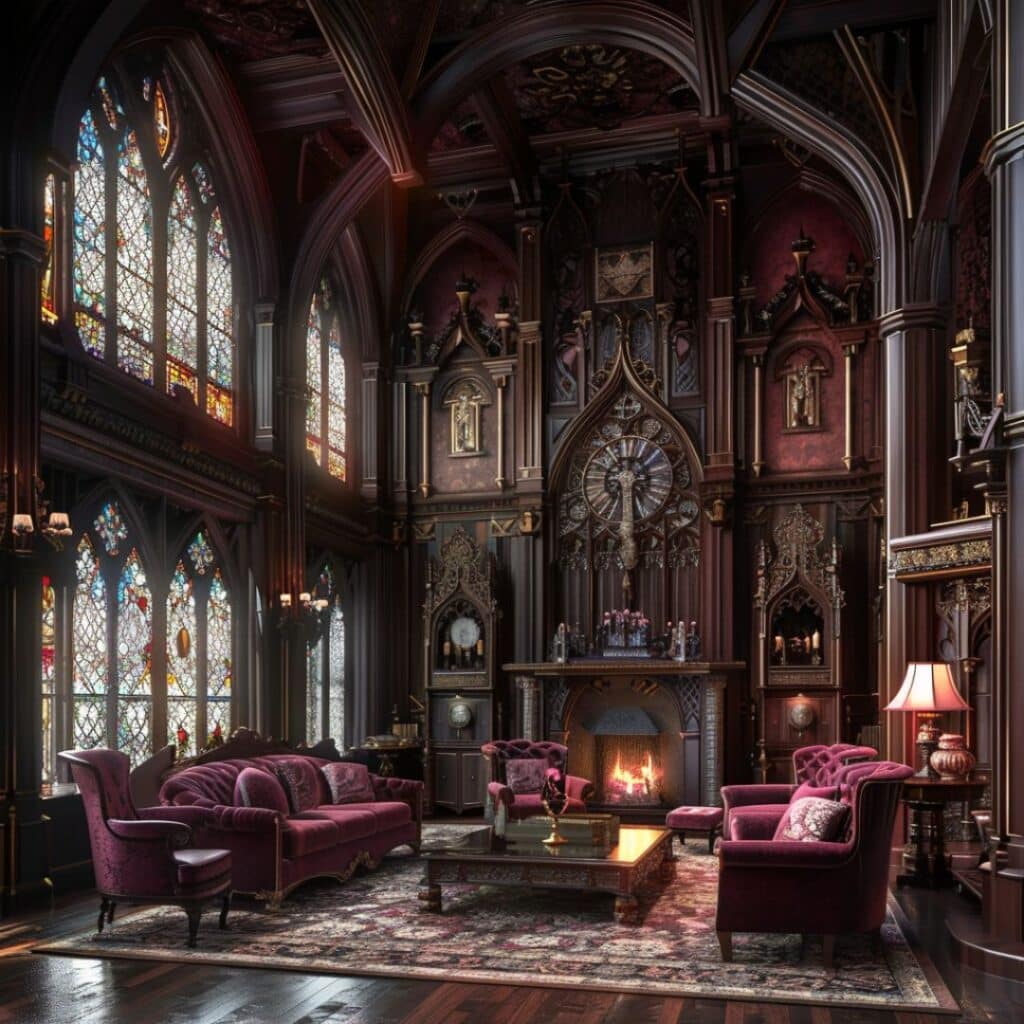
#3. Neo Gothic Living Room Design
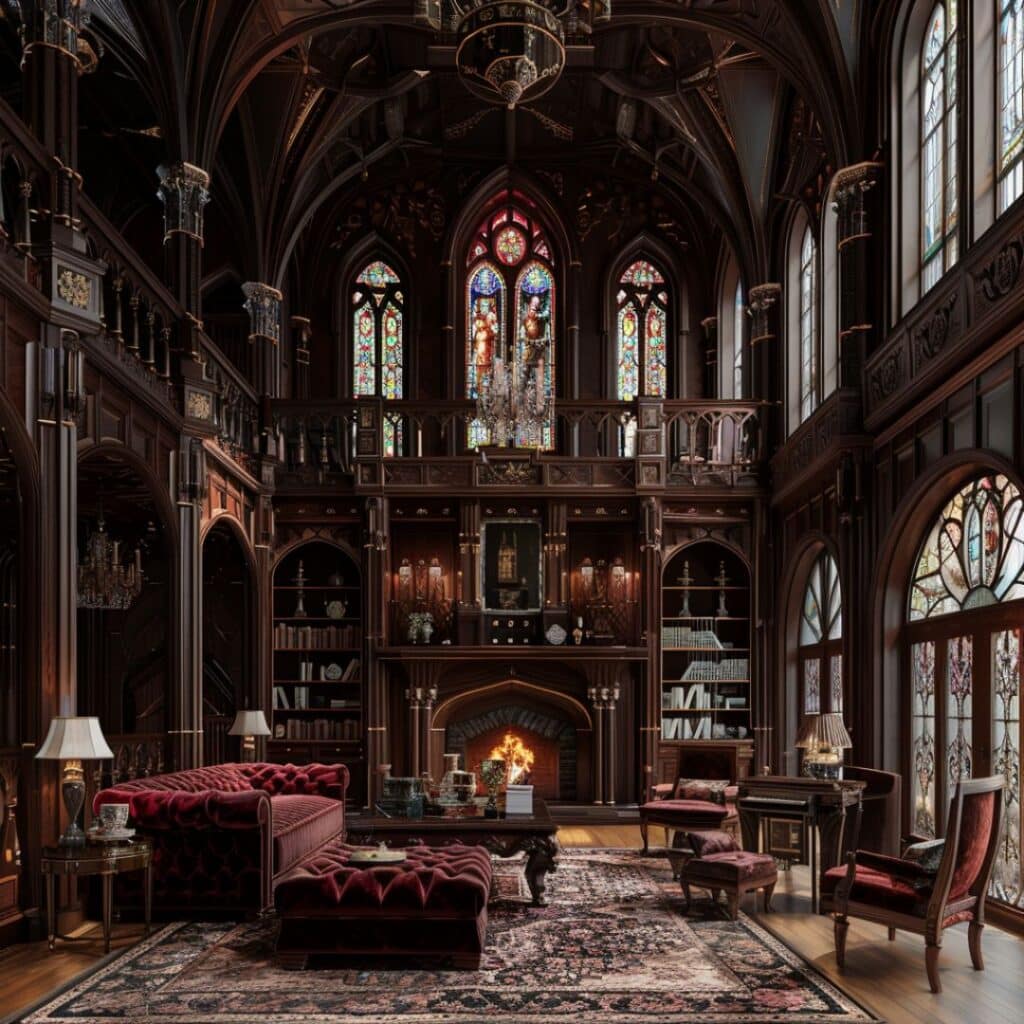
#4. Neo Gothic Laundry Room
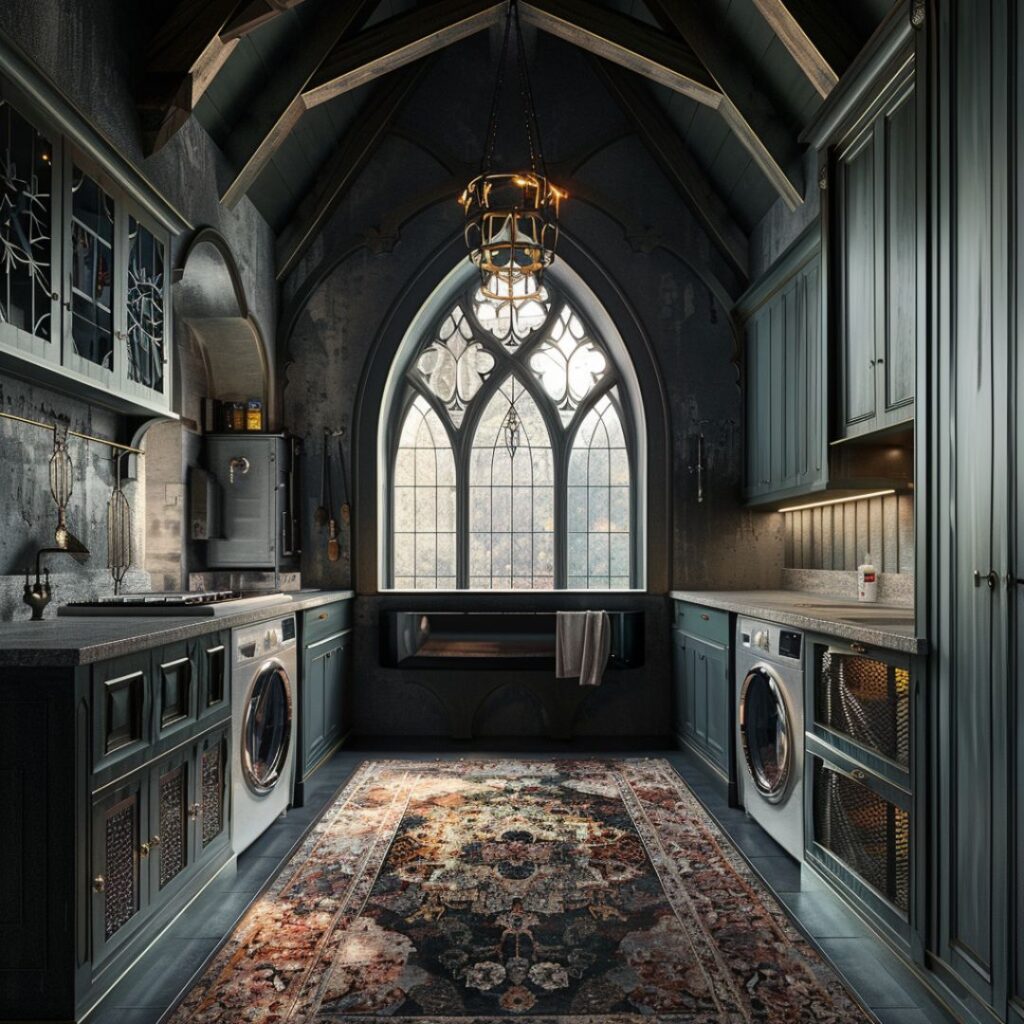
#5. Neo Gothic Laundry Room Interior Design

#6. Neo Gothic Laundry Room Idea
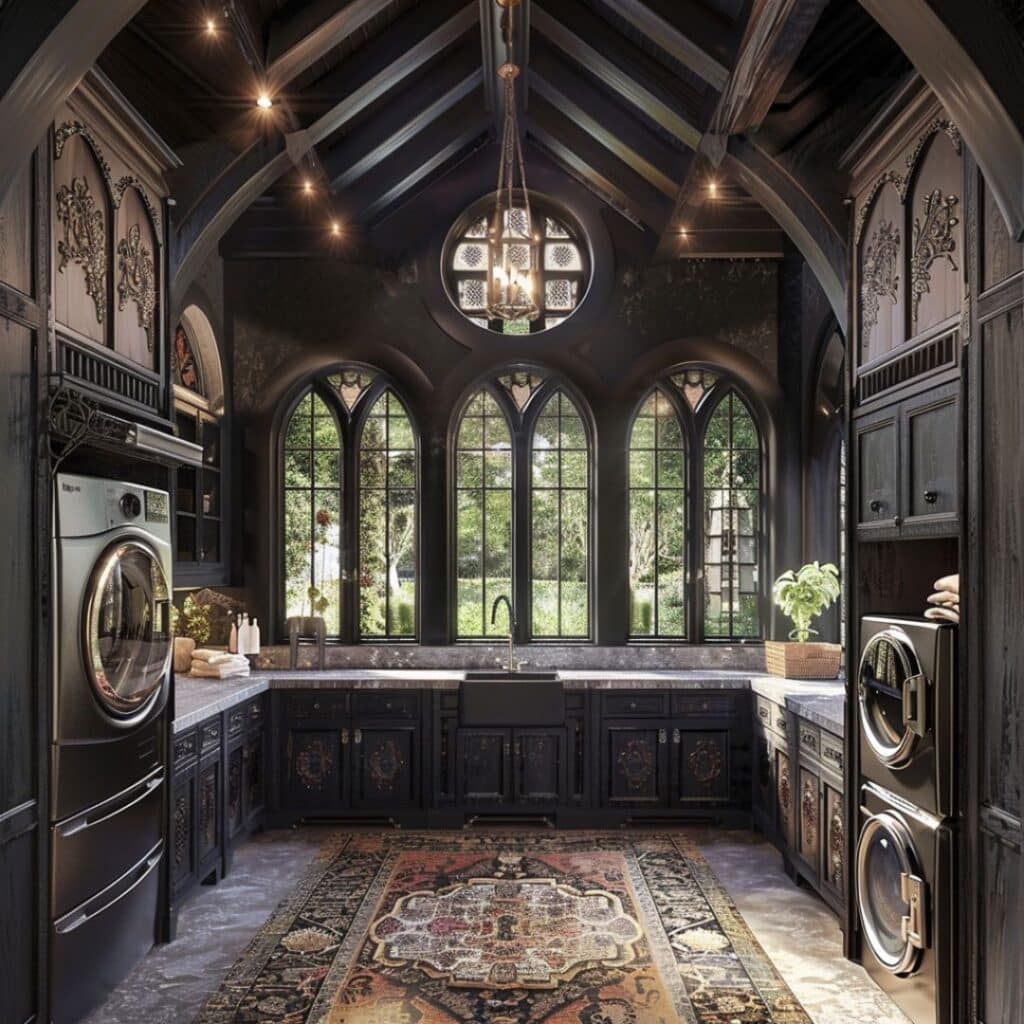
#7. Neo Gothic Kitchen

#8. Neo Gothic Kitchen Interior Design
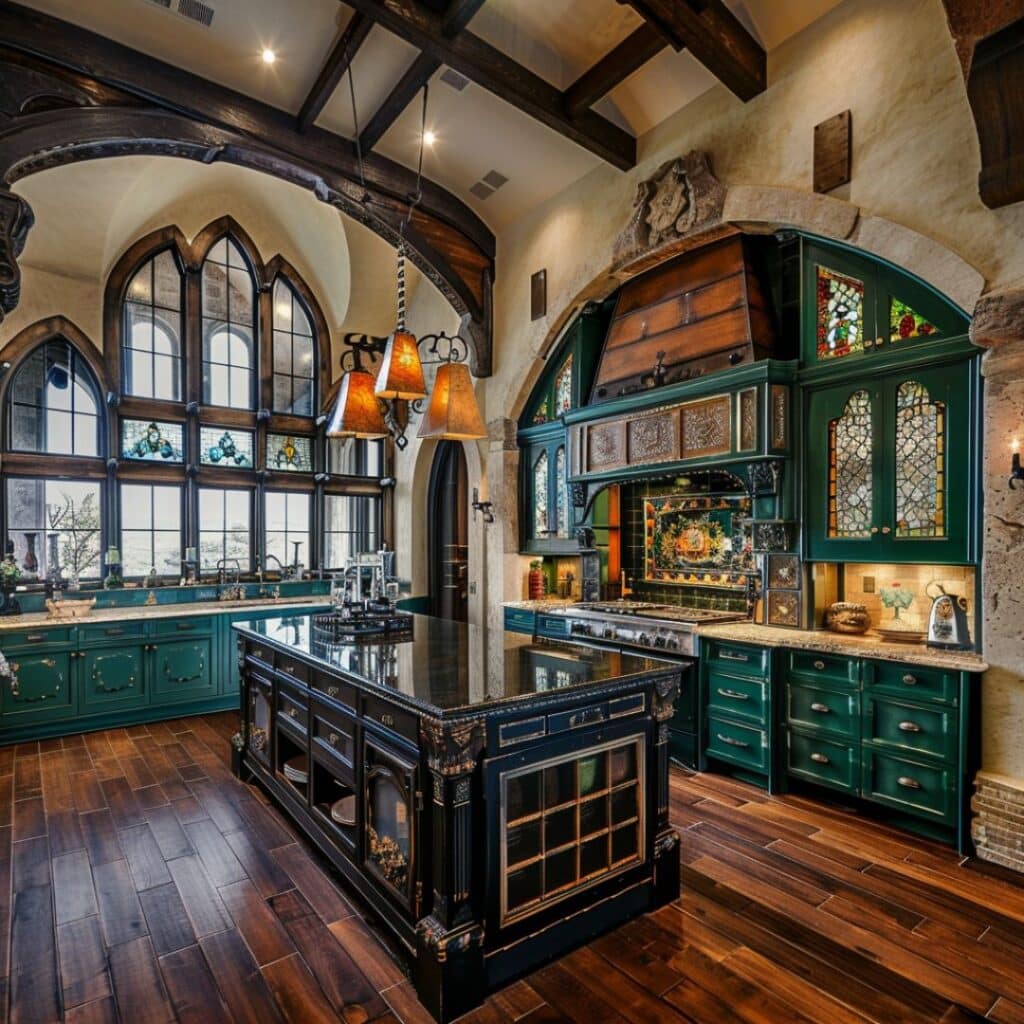
#9. Neo Gothic Kitchen Idea
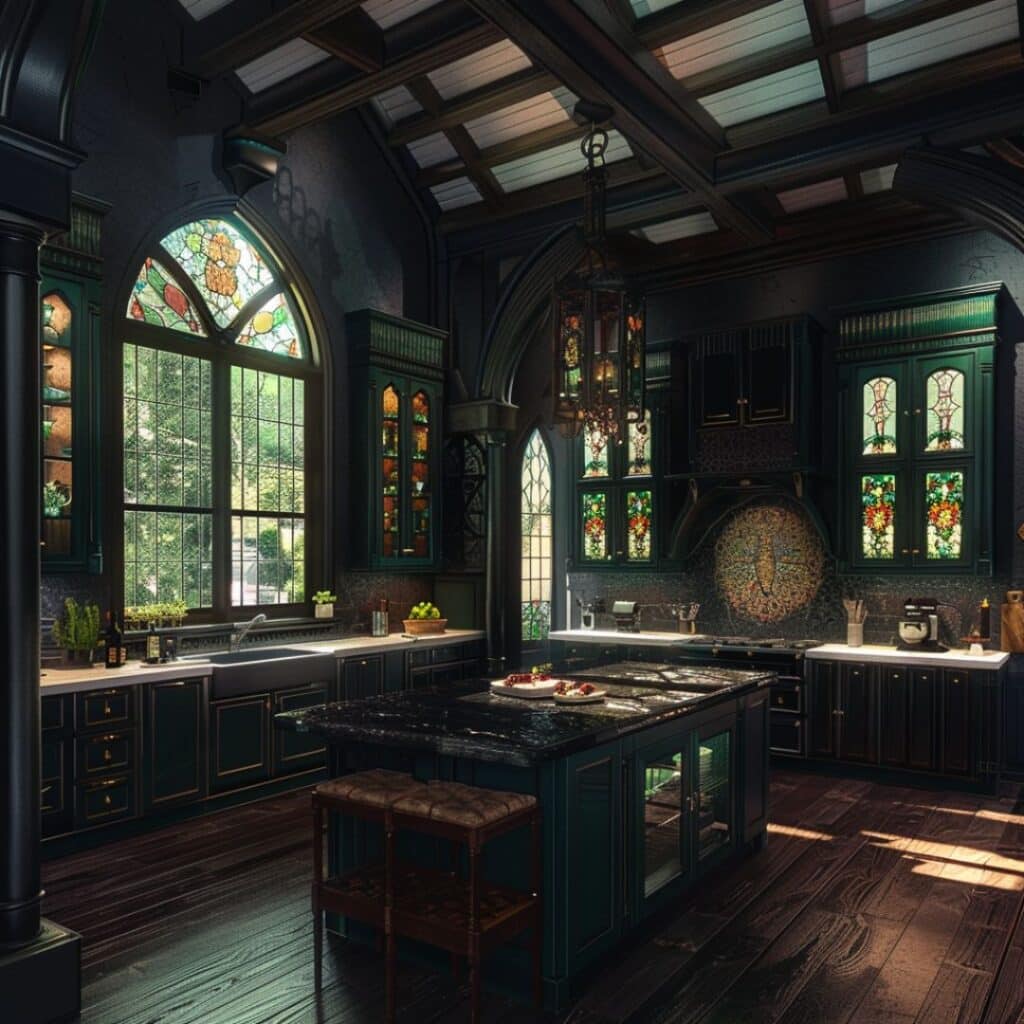
#10. Neo Gothic Bedroom
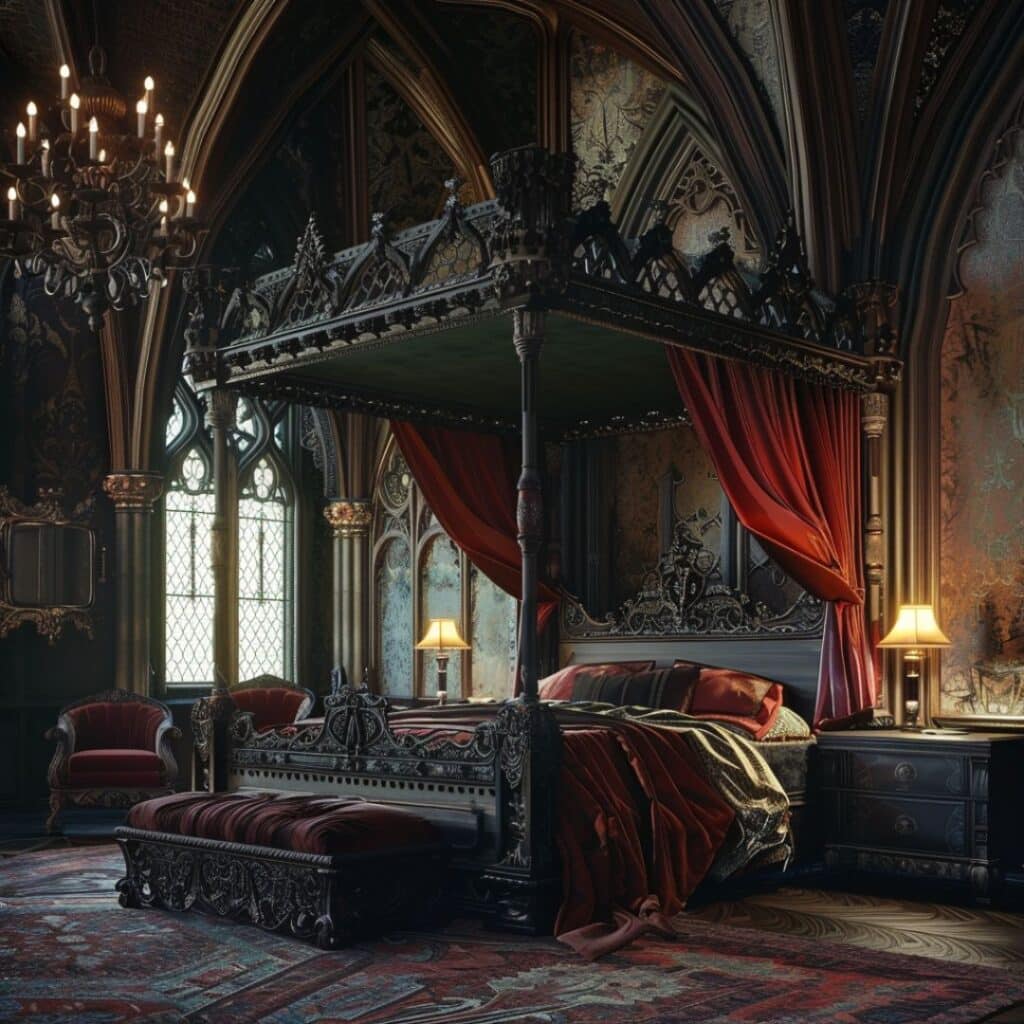
#11. Neo Gothic Bedroom Design
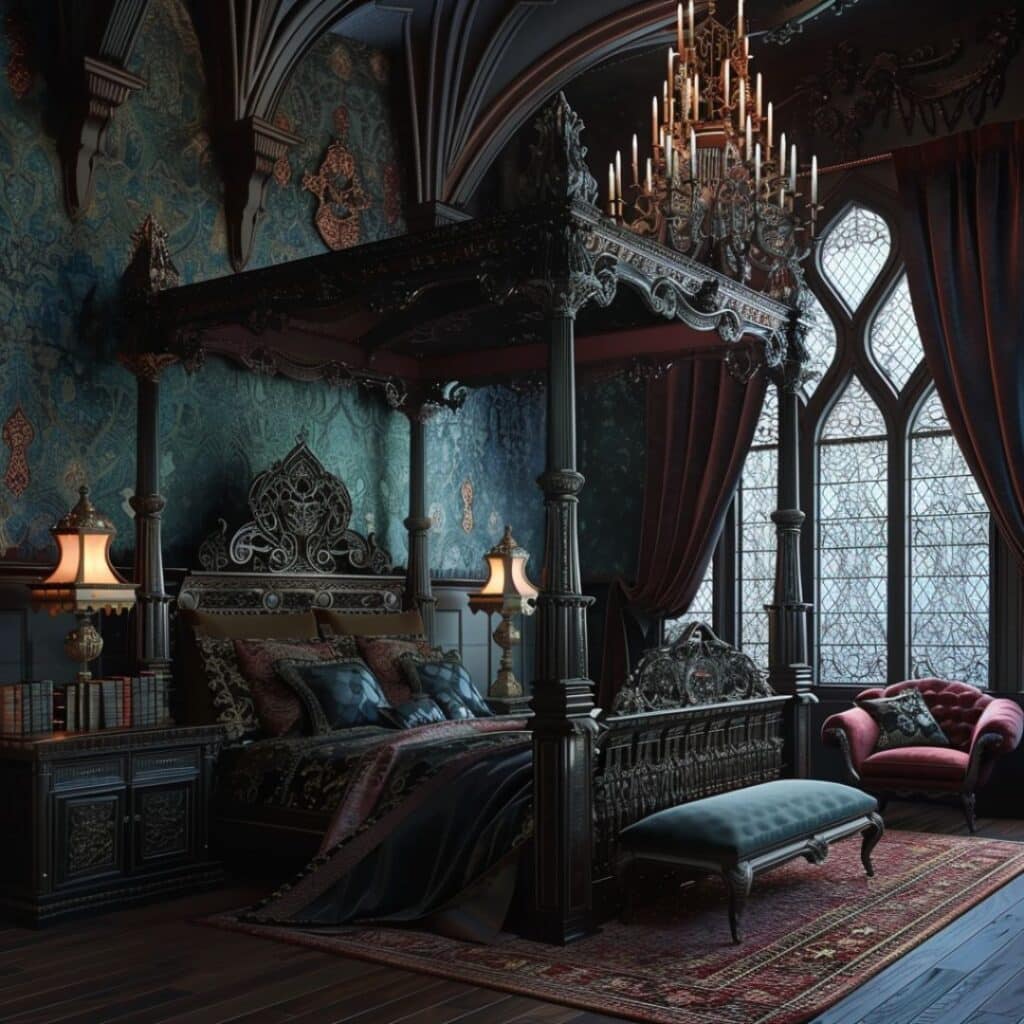
#12. Neo Gothic Bathroom Interior Idea

#13. Neo Gothic Bathroom Interior Design
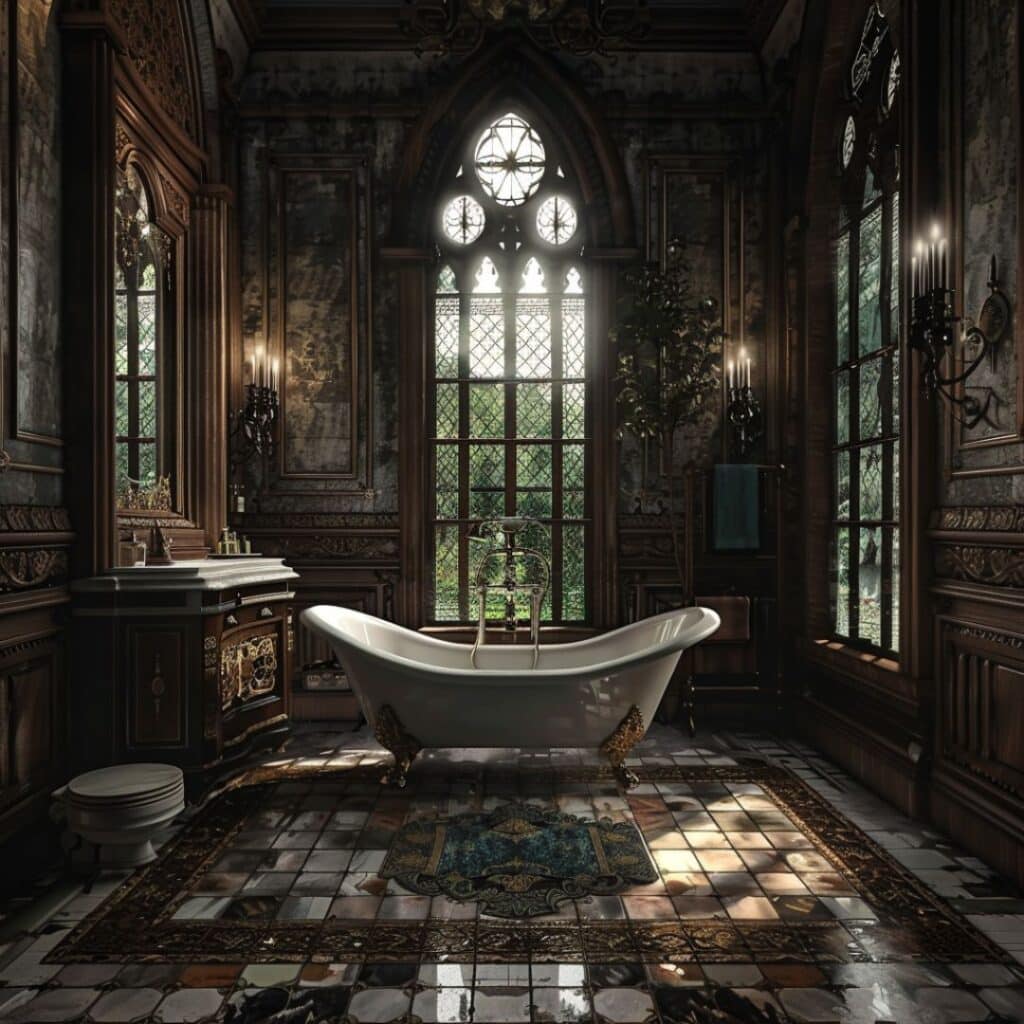
#14. Neo Gothic Bathroom Design
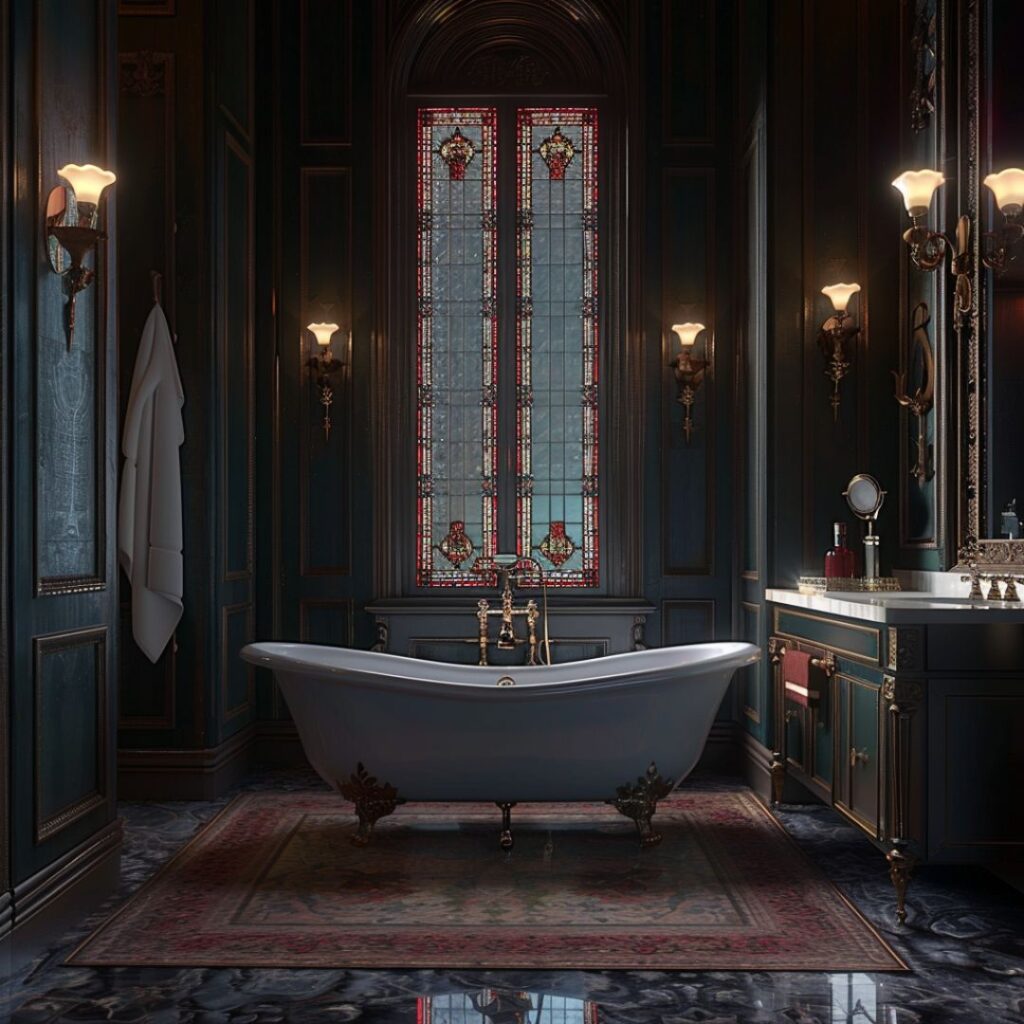
Evolution of Neo-Gothic Interior Design
Neo-Gothic interior design has a rich history and distinct style. Its evolution reflects changing tastes and influences over time.
Origins and Historical Influences
The origins of Neo-Gothic design date back to the 18th century. It emerged as a revival of medieval Gothic architecture, emphasizing intricate details and grand structures. The movement gained momentum in the 19th century, influenced by Romanticism’s fascination with the past.
Architects like Augustus Pugin championed this style. His works highlighted pointed arches, ribbed vaults, and flying buttresses reminiscent of Gothic cathedrals. This neo-style became popular in both Europe and America, infusing homes with historical elegance.
Key Elements of Neo-Gothic Aesthetics
Key elements define Neo-Gothic aesthetics clearly. Dark wood furnishings add depth and richness to interiors. Examples include mahogany tables or oak paneling.
Intricate patterns play a crucial role, often seen in wallpaper or textiles featuring floral motifs or geometric designs. Stained glass windows introduce vibrant colors while casting beautiful light patterns into rooms.
Textiles further accentuate the style; velvet drapes or brocade upholstery provide opulence. These components combine to create spaces that are both dramatic and inviting.
Core Features of Neo-Gothic Interior Design
Neo-Gothic interior design blends historical elements with modern interior design. The style creates dramatic and elegant spaces.
Architectural Details
Architectural details in Neo-Gothic designs are striking. You’ll find pointed arches, ribbed vaults, and flying buttresses commonly used. These elements add grandeur to any space.
Stone carvings and wooden paneling also feature prominently. Intricate patterns often adorn doors, windows, and ceilings. Such details give rooms a rich character.
Color Schemes and Materials
Color schemes in Neo-Gothic interiors favor dark tones like deep reds, purples, and greens. These colors contribute to the dramatic look reminiscent of Gothic interior design.
Materials include heavy woods such as oak or mahogany for furniture pieces. Stained glass is frequently used in windows to create artistic light effects.
Velvet and brocade fabrics enhance the luxurious feel of interiors. They’re typically incorporated into curtains, upholstery, and cushions, adding texture and depth.
Modern Applications of Neo-Gothic Design
Neo-Gothic design continues to influence modern interiors, blending historical charm with contemporary functionality. Its ornate features and dramatic aesthetics find relevance in both residential and commercial settings.
Residential Spaces
Homeowners incorporate Neo-Gothic elements to create luxurious living spaces. Dark wood furniture, pointed arches, and ribbed vaults add a sense of grandeur. Stained glass windows and velvet drapes enhance the opulent ambiance.
Bedrooms may well feature intricately carved bed frames, while dining rooms could display heavy wooden tables with detailed patterns. This style shares some similarities with Dark Academia interior design, which also emphasizes a moody, scholarly aesthetic.
Commercial Spaces
Businesses use Neo-Gothic design to convey sophistication and elegance. Hotels often feature grand lobbies with arched doorways and stone carvings. Restaurants may include high-backed chairs and elaborate chandeliers for a regal dining experience. Office buildings sometimes adopt Gothic-inspired facades to stand out architecturally.
Modern applications demonstrate how Neo-Gothic design adapts to various environments while retaining its core characteristics.
Design Challenges and Solutions
Neo-Gothic interior design offers both allure and challenges. Balancing historical elements with modern needs demands creativity.
Maintaining Authenticity
Preserving Neo-Gothic authenticity requires attention to detail. Genuine materials like heavy woods, dark metals, and rich fabrics are essential. Using original or high-quality replicas of stained glass windows, pointed arches, and ribbed vaults helps create an authentic look. Avoid modern materials that clash with the traditional aesthetic.
Integrating Modern Comforts
Modern comforts can coexist with Neo-Gothic aesthetics when done thoughtfully. Incorporate contemporary conveniences subtly without overshadowing historical features. For example, blend state-of-the-art lighting fixtures with Gothic-style chandeliers or sconces. Use hidden storage solutions in dark wood furniture to maintain functionality while preserving the period look.

